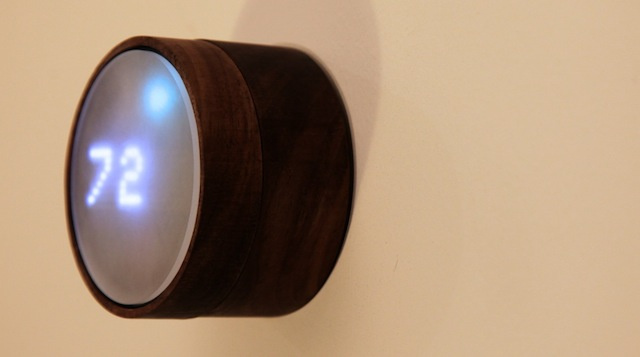The Nest thermostat, a well-arranged assemblage of glass and aluminum, isn’t all that hard to copy — or at least approximate.
Just ask the team at Spark, which built its own, understandably less pretty version of Nest’s thermostat — as well as its underlying software — in less than a day.
The prototype features just about the same array of features as Nest’s thermostat, including sensors for temperature, humidity, and motion, the last of which tells the device when its owner is home. There’s also a machine leaning component, which helps the device automatically adjust temperature based on user habits. (All of this syncs with the device’s web interface, which users can access from their phones.)
Best of all, Spark has also open sourced the entirety of the project, making it a lot easier for other designers to piggyback off of what the Spark team has done so far.
Spark’s stake in this is clear. The company’s Spark Core module makes it easier for hardware developers to design and prototype Wi-Fi-compatible hardware, and Spark is only showing how powerful its product can be when used properly.
But buried beneath all the engineering wizardry here is a greater, more important point: Now is the easiest time in probably forever to prototype and develop your own hardware. Or, as Spark puts it, “Your billion dollar company starts with a million dollar product, and your million dollar product starts with a hundred dollar prototype.”
Or, put another way, while making the next Nest still isn’t easy, it’s a lot easier than it was before.



